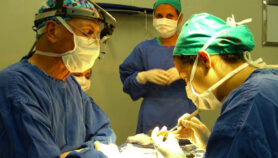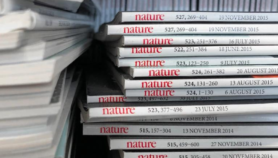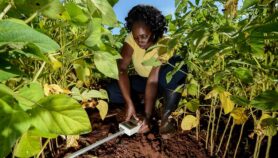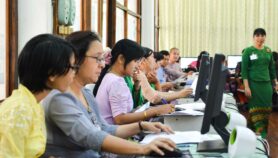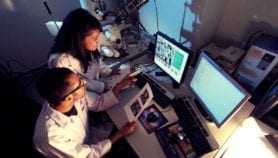Send to a friend
The details you provide on this page will not be used to send unsolicited email, and will not be sold to a 3rd party. See privacy policy.
All those working in biological research — including both researchers and publishers — have valuable lessons to learn from recent debates over the publication of a controversial paper on bird flu research, says an editorial in Nature.
The paper reports on research by a team led by Yoshihiro Kawaoka at the University of Wisconsin-Madison, United States, and had raised concerns because of the sensitive nature of the results, which demonstrate how in principle the H5N1 virus responsible for bird flu could be modified in way that allowed it to be transmitted between humans through the air.
Its publication was proceeded by months of public debate and two meetings; one held by the WHO and the other by the National Science Advisory Board for Biosecurity (NSABB), which had initially proposed that some of the findings should be edited before publication.
But Nature argues that this would have hindered subsequent research and peer review.
"We cannot imagine any mechanism or criterion by which to sensibly judge who should or should not be allowed to see the work. Nor do we believe that restricted information … would stay confidential for long," adds the journal.
The rigorous security procedures used by Kawaoka was key in persuading the the NSABB to reverse its initial position that advised publishers to omit essential methods and data. But such precautions cannot be guaranteed in every country, given differing regulatory systems and cultures of laboratory safety, says Nature.
The WHO will soon release international standards for biosafety that will highlight good governance but, will not provide guidelines for implementation. The editorial warns that this"is an urgent concern for all researchers working with dangerous organisms, and for all who fund and publish their work".




